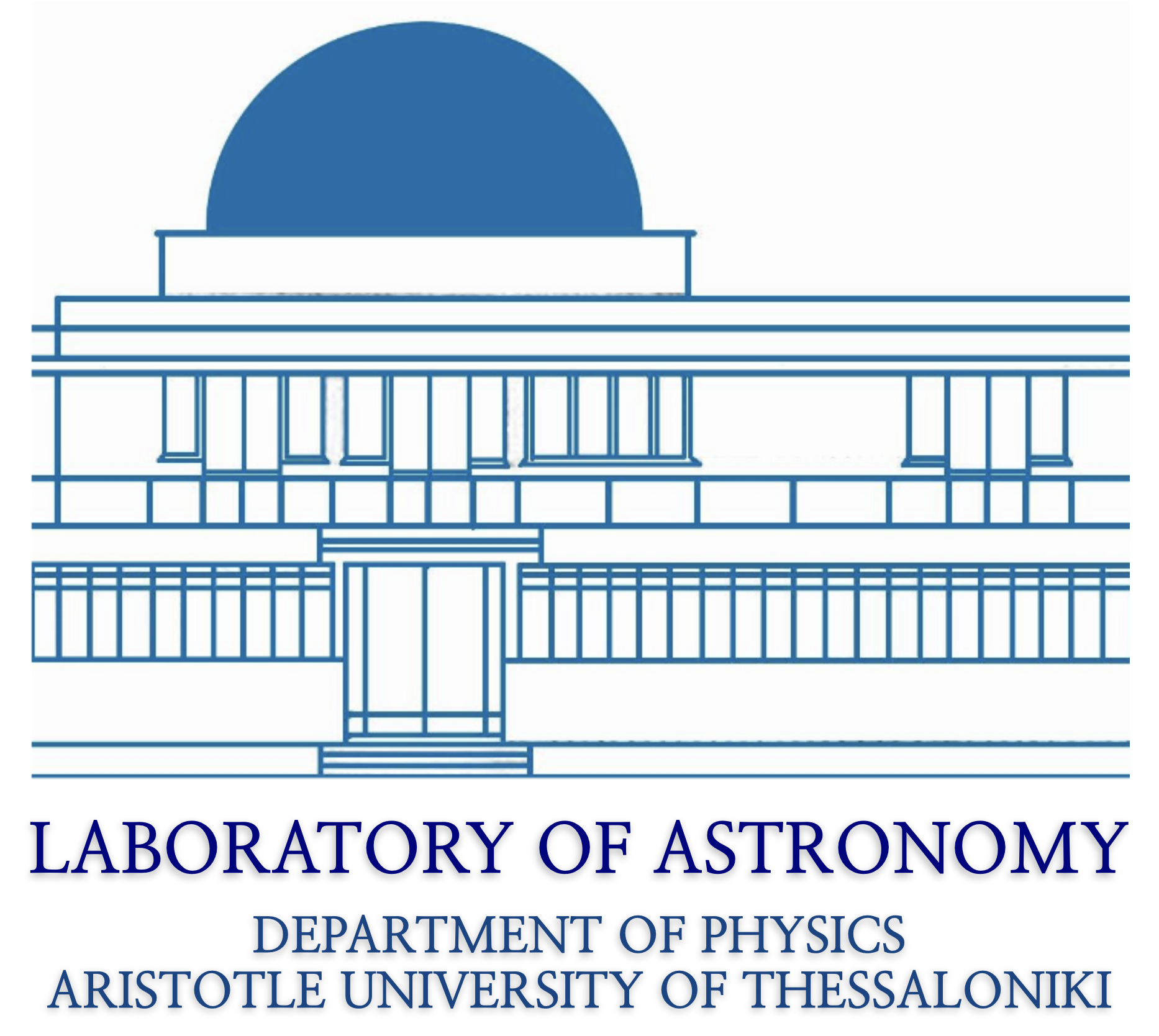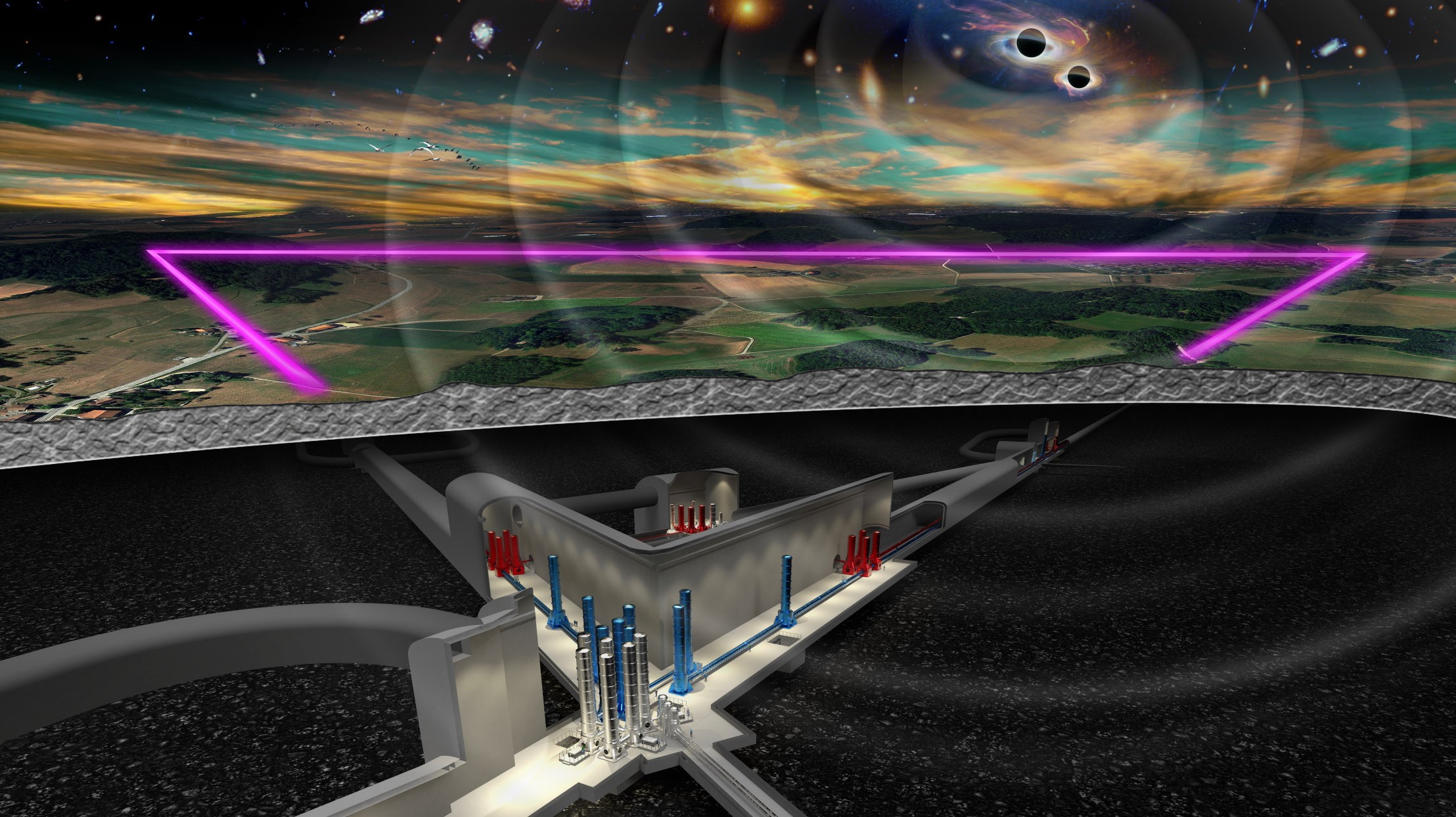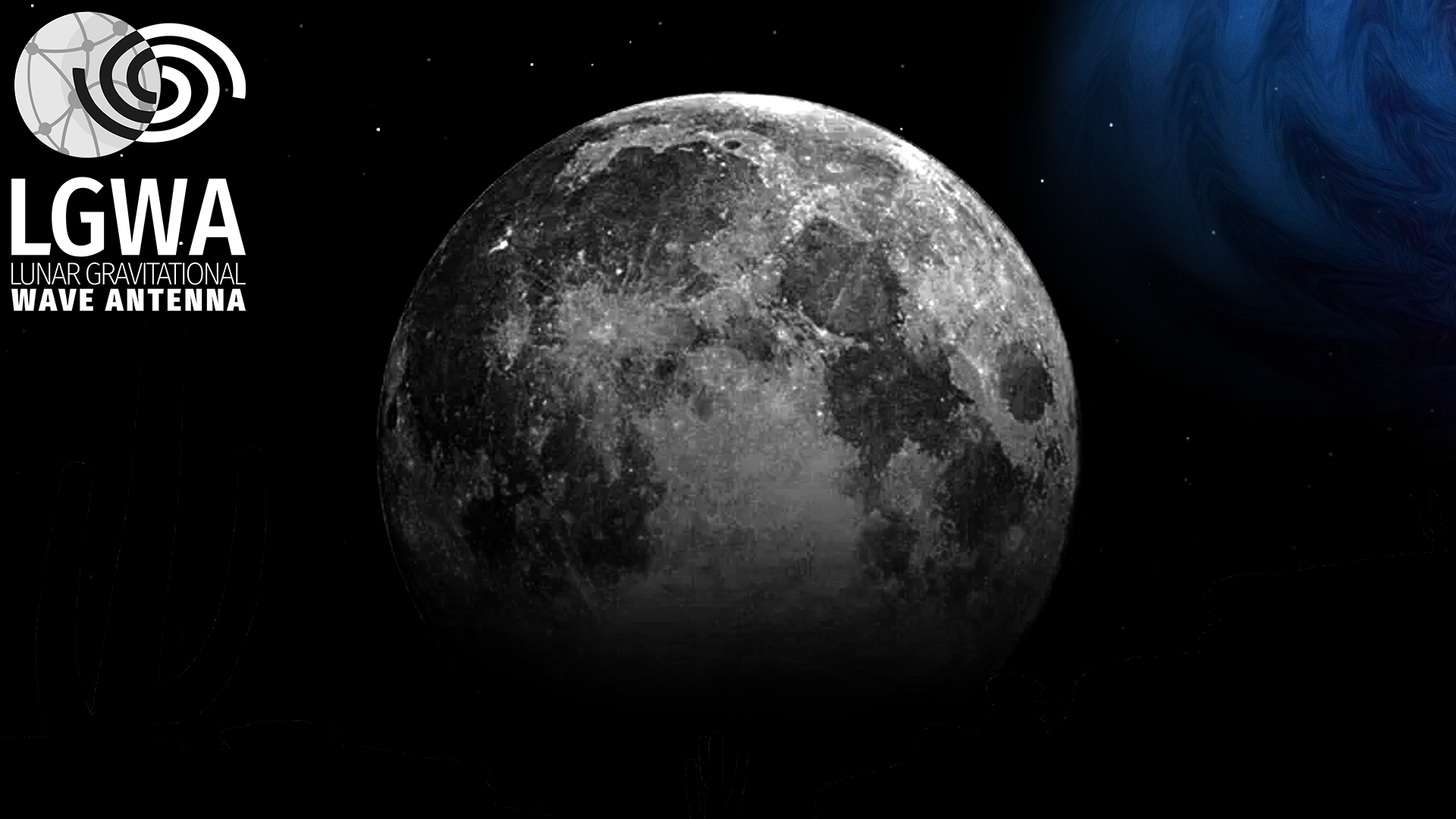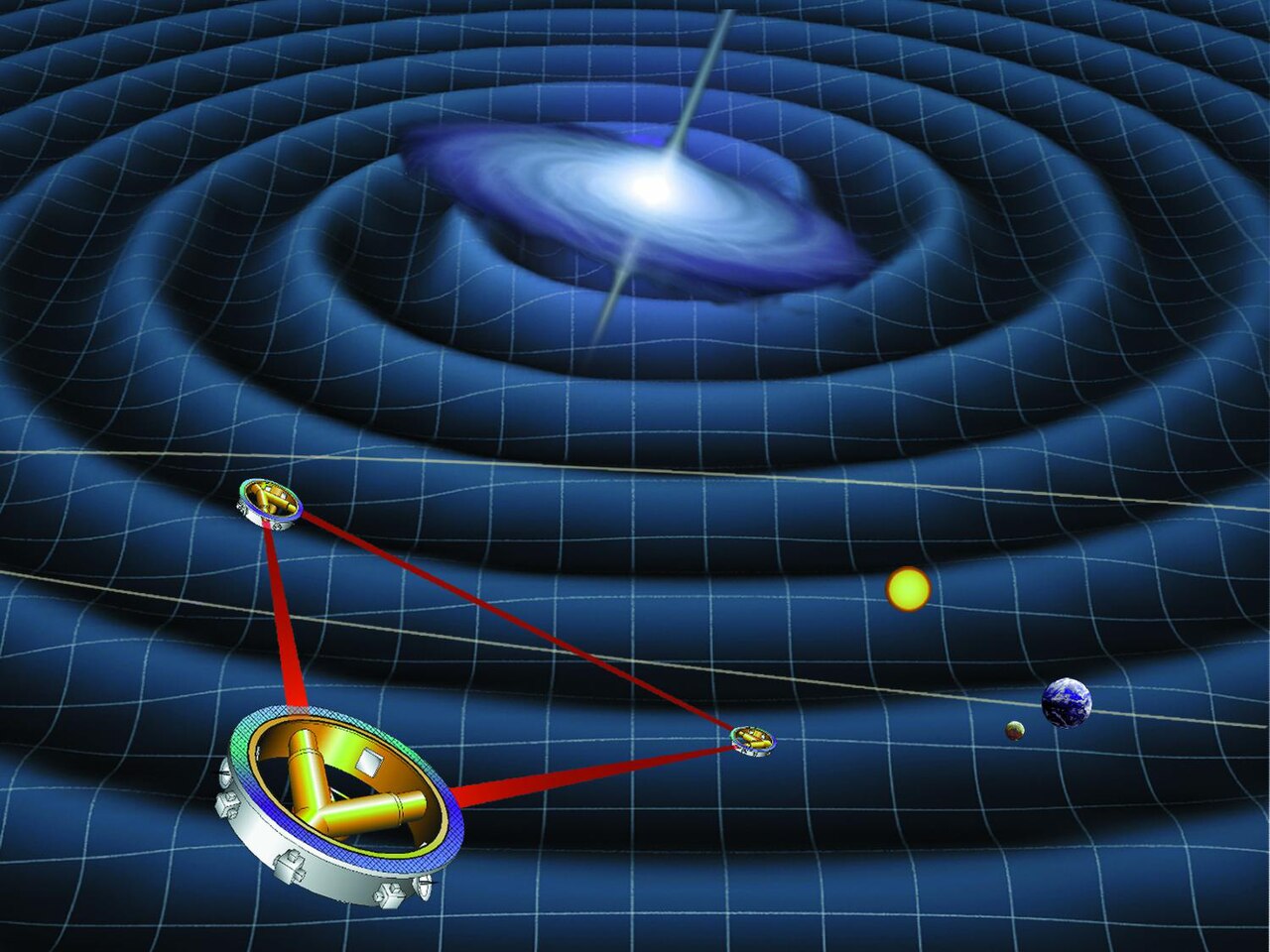Centre of Expertise — Gravitational waves
The JCE-GW supports the broader scientific community in accessing and exploiting gravitational-wave (GW) observations, particularly in the context of multi-messenger (MM) astronomy. It brings together expertise from institutions central to the operation of Virgo and development of advanced data analysis and interpretation tools.
Gravitational wave astronomy, enabled by interferometers such as Virgo, LIGO, and KAGRA, is a transformative probe of extreme gravity and dense matter. Yet, its full scientific return is realized only when coordinated with electromagnetic and neutrino observations. JCE-GW exists to bridge this gap—not only by fostering collaboration across messenger domains, but by providing concrete services, tools, and training that allow scientists to rapidly and effectively engage in joint discovery.
The JCE nodes are also actively involved in the development of next-generation gravitational-wave observatories, including the Einstein Telescope, LISA, and LGWA, focusing particularly on forecasting, science case and multi-messenger evaluations, and addressing key challenges in data analysis.
Read more
The Centre of Expertise focuses on facilitating:
- Coordinated multi-messenger follow-up of transient GW events, including sub-threshold candidates.
- End-to-end analysis workflows, from signal detection to astrophysical inference and population studies.
- Characterization of GW sources in terms of astrophysical progenitors, host environments, and emission mechanisms, using joint datasets.
- Preparation for next-generation observatories (e.g. ET, LISA, LGWA), defining roadmaps for multi-messenger science cases, data analysis, and data sharing.
It supports the community in exploiting GW signals as unique tracers of:
- The physics of compact objects and nuclear matter.
- The physics of compact object mergers in association with GRBs and kilonovae
- Cosmological distance scales and dark energy (via standard sirens).
- Fundamental physics, including tests of general relativity in the dynamical strong-field regime.
To improve multi-messenger search and analysis efficiency, JCE-GW offers:
- Forecasting tools to assess detection horizons for various source classes using networks of detectors (e.g., Virgo + LIGO + KAGRA), with access to simulation services and expert guidance. Tools to access next-generation observatory detection rate and parameter estimation (e.g. GWFish)
- Rapid alert support, including training on interpreting low-latency GW triggers, sky localization (e.g., through HEALPix/MOC maps), and planning EM follow-up using tools such as GWsky.
- Data analysis pipelines and methodological support across detection (e.g., PyCBC, cWB), parameter estimation (e.g., GRANITE), and machine learning-based classifiers (e.g., AresGW).
- Assistance in proposal preparation for electromagnetic observatories in response to GW alerts, including tools for event prioritization and observing strategy optimization (e.g. GWsky, GLADEnet, BAT-GLIMPSE, RAVEN, PROPHET)
- Assistance on GW data access (GWOSC)
- Combined multi-messenger likelihood frameworks for joint inference across messenger domains (EM, GW, neutrinos), with expert mentorship on statistical and computational methods (e.g MAGGPY, NITRATES)
JCE-GW is a cross-institutional coordination node, connecting Virgo and its partners to a larger multi-messenger framework. It contributes to the development and harmonization of:
- Alert brokers and cross-domain communication systems (e.g., FINK, Lasair, SkyPortal).
- FAIR-compliant data infrastructures, promoting shared analysis platforms and reproducible science.
- Open-access strategies for archived and real-time GW datasets, aligned with European Open Science Cloud (EOSC) practices.
Through training events, hackathons, and expert user support, JCE-GW cultivates the next generation of multi-messenger researchers. It complements disciplinary expertise with trans-domain fluency—empowering astronomers, particle physicists, and computational scientists alike to navigate the data-rich, event-driven landscape of 21st-century astrophysics.
By combining cutting-edge science with operational know-how, the Joint Centre of Expertise for Gravitational Waves is shaping the foundation of a truly integrated, resilient, and inclusive multi-messenger research community in Europe and beyond.
List of nodes
AUTh Laboratory of Astronomy
The Laboratory of Astronomy at the Aristotle University of Thessaloniki (AUTh), a research unit of the Department of Physics, was founded in 1943, and is a leading center for astronomical research and education in Greece. It focuses on areas like general relativity,...
INFN
INFN is the Italian research agency dedicated to the study of the fundamental constituents of matter and the laws that govern them. It conducts theoretical and experimental research in the fields of subnuclear, nuclear and astroparticle physics. All of the INFN’s...
L2IT
The “Laboratoire des 2 Infinis – Toulouse” (L2IT) is a joint research unit of CNRS, via the Institut National de Physique Nucléaire et de Physique des Particules (IN2P3), and the Université Toulouse III – Paul Sabatier. Researchers and engineers at L2IT are studying...
GSSI
The Gran Sasso Science Institute, located in L’Aquila, Italy, is an international doctoral school and research center focused on Astroparticle Physics, Mathematics, Computer Science, and Social Sciences. GSSI is in L’Aquila, Italy and it currently hosts around 150 PhD...
EGO
The European Gravitational Observatory (EGO) is a consortium established to promote research in the field of gravitation. Its main research directions include the operation of the VIRGO interferometer and its improvements, and the maintenance of the related...
List of instruments and experiments
Einstein Telescope
The Einstein Telescope (ET) is the proposed European next-generation ground-based gravitational-wave observatory, included in the 2021 ESFRI Roadmap. To be built underground, two designs are under study: a 10 km triangular detector or two 15 km L-shaped detectors,...
LGWA
The Lunar Gravitational-Wave Antenna (LGWA) is a proposed lunar-based observatory designed to detect gravitational waves in the deci hertz band (1 mHz to 1 Hz), bridging the frequency gap between space-based detectors such as LISA and ground-based observatories such ...
LISA
The Laser Interferometer Space Antenna (LISA) will be the first space-based gravitational-wave observatory. LISA, adopted by ESA in January 2024 after key tech validation by LISA Pathfinder, is now in construction. Launch is planned around 2035. This space mission,...
Virgo
Virgo is a gravitational-wave detector and laser interferometer, featuring two 3-kilometer-long arms arranged in an L-shape. It is sensitive to gravitational waves in the 10 Hz to 5 kHz frequency band, enabling it to observe astrophysical events such as the...
List of provided expertises
For any support related to the expertise mentioned below, please register on the Virtual Access platform and submit a ticket to directly engage with an expert.
GW Sources & Detection Forecasting
- Public access to simulated observing scenarios for each detector run.
- Tools for estimating detection horizons based on source type and parameters.
- Forecasting support via:
- GWFish (Fisher matrix tool for detection efficiency and PE precision)
- B-pop (compact binary population synthesis)
- Bilby (Bayesian parameter estimation)
- LISAbeta (Bayesian parameter estimation)
- Guidance on designing EM follow-up proposals based on localization and source visibility.
Low-Latency Alerts & Follow-up Planning
- Tutorials on interpreting GW alerts (significance, classification, sky maps).
- Training on the use of Multi-Order Coverage maps for space-time sky region encoding.
- Hands-on sessions with GWsky, a planning tool for EM follow-up that includes:
- Footprint tiling
- Visibility filtering
- Galaxy targeting
- Source property adaptation
- Support for querying galaxy catalogs and assessing catalog completeness.
Data Analysis & Parameter Estimation
- Expert guidance on using modeled and unmodeled search pipelines:
- MBTA, PyCBC (compact binaries)
- Coherent WaveBurst (cWB) (bursts)
- Help with data quality, template banks, and advanced PE techniques.
- Access to GRANITE, a user-friendly pipeline for rapid PE and model selection.
Machine Learning & Sub-threshold Search Support
- Training on AresGW, a machine learning tool for GW detection.
- Focused support for identifying sub-threshold signals in archival and real-time data.
- Help integrating ML techniques into existing workflows.
Multi-Messenger Analysis & Theoretical Expertise
- Support for triggered GW searches based on GRBs, FRBs, or neutrino events.
- Modeling of EM emission from compact binary mergers.
- Bayesian inference combining GW and EM data to extract:
- Astrophysical parameters
- Nuclear matter constraints
- Cosmological measurements (e.g. Hubble constant via standard sirens)
- Analysis tools for continuous GW signals from rotating neutron stars.
List of tools
For any support related to the tools mentioned below, please register on the Virtual Access platform and submit a ticket to directly engage with an expert.
Aladin Desktop
Powerful interactive sky atlas developed by the Centre de Données astronomiques de Strasbourg (CDS).…
AresGW
AResGW is a machine-learning-based pipeline designed for offline real-time gravitational wave (GW) detection, especially optimized for binary black hole (BBH) mergers in the 7–50 M☉ range (individual component masses) with non-aligned spins, using real LIGO data. Core...
B-pop
B-pop is a modular, Python-based software package designed to generate realistic populations of binary compact objects—such as binary neutron stars (BNS), neutron star–black hole binaries (NSBH), and binary black holes (BBH)—for use in gravitational-wave (GW)...
BAT-GLIMPSE
BAT-GLIMPSE (Gamma-ray Localization using Imaging and Mosaic techniques for Pointing and Slew Epochs) is a real-time data analysis pipeline developed for the Swift Burst Alert Telescope (BAT). Its primary purpose is to detect and localize high-energy transients, such...
Bilby
Bilby (Bayesian Inference Library) is an open-source Python package designed to perform Bayesian parameter estimation and model selection for gravitational-wave (GW) signals. It offers a flexible, modular, and user-friendly framework that allows researchers to analyze...
cWB (coherent WaveBurst)
cWB is a data analysis pipeline designed for the detection and reconstruction of unmodeled gravitational-wave (GW) transients, also known as "bursts." Unlike matched-filter searches that target known waveform templates (e.g., from compact binary coalescences), cWB...
Educational Soundmap
The Educational Soundmap is an interactive, web-based visualization developed by Virgo Outreach at INFN showcasing gravitational-wave (GW) discoveries from the LIGO, Virgo, and KAGRA collaborations. It provides an engaging educational experience by combining auditory...
Eryn
An advanced MCMC sampler with the capability to run with parallel tempering, multiple model types, and unknown counts within each model type using Reversible Jump MCMC techniques. One of the main applications is parameter estimation for gravitational wave sources....
FIGARO
FIGARO (Fast Infrared Gravitational-wave Advanced Rapid Observation) is a fast, publicly available tool developed to support the rapid identification of host galaxies for gravitational-wave (GW) events. Designed to run in parallel with GW parameter estimation...
GLADEnet
GLADEnet is a progressive web app for multi-messenger cosmology and electromagnetic follow-ups of gravitational-wave sources. It is a software tool designed to assist astronomers in the identification and prioritization of host galaxies for transient astrophysical...
GRANITE
GRANITE (GRAvitational-wave parameter iNference Integration Tool Environment) is a pipeline designed to perform rapid and reliable parameter estimation (PE) for gravitational-wave (GW) events, particularly in the context of low-latency multi-messenger astronomy. It...
GWFish
GWFish is a flexible, open-source software package designed to perform Fisher matrix–based forecasts for gravitational-wave (GW) detector networks. Its primary purpose is to evaluate the expected performance of current and future GW observatories in estimating source...
GWG
A code for estimating the confusion noise signal from gravitational waves emitted by compact Galactic Binaries, as measured by LISA. Key Features: The FIM computation code is borrowed from the FOM pipeline, developed by A. Petiteau Phys. Rev. D 104.043019. The...
GWOSC / ODW
The Gravitational Wave Open Science Center (GWOSC), formerly known as the LIGO Open Science Center, was created to provide public access to gravitational-wave data products. The collaborations running LIGO, Virgo, GEO600, and KAGRA have all agreed to use GWOSC...
GWsky
GWsky is a tool designed to assist astronomers in planning the electromagnetic (EM) follow-up of gravitational-wave (GW) events. Developed in the context of multi-messenger astronomy, GWsky provides a flexible and efficient way to visualize GW sky-localization...
ligo.skymap
ligo.skymap is a Python library designed for working with sky localization maps of gravitational-wave (GW) events. Developed by the LIGO/Virgo Collaboration, it provides tools for reading, writing, analyzing, and visualizing sky maps in standard formats (particularly...
LISAbeta
lisabeta is a numerical simulation code designed to model the performance of the Laser Interferometer Space Antenna (LISA), a planned space-based gravitational wave observatory. The code simulates the response of LISA to various gravitational wave sources by...
MAGGPY
MAGGPY is a Python-based simulation tool designed to model the joint population of gravitational-wave (GW) sources—specifically binary neutron star (BNS) and neutron star–black hole (NSBH) mergers—and short gamma-ray bursts (GRBs). It enables realistic connections...
MBTA (Multi-Band Template Analysis)
MBTA is a low-latency gravitational-wave (GW) detection pipeline designed to identify signals from compact binary coalescences (CBCs), such as binary neutron star (BNS), binary black hole (BBH), and neutron star–black hole (NSBH) mergers. It focuses on speed and...
NITRATES
NITRATES (NITRogen Analysis Tool for Rapid Event Search) is a data analysis pipeline designed to identify high-energy electromagnetic counterparts to gravitational-wave (GW) events using time-tagged data from the Swift Burst Alert Telescope (BAT). It focuses on...
PROPHET
PROPHET (PRioritizing the Observation of gravitational wave PHenomena jointly with Electromagnetic Transients) is a pipeline designed to optimize electromagnetic (EM) follow-up of gravitational-wave (GW) events from compact binary coalescences (CBCs), such as binary...
PyCBC
PyCBC is an open-source software package for gravitational-wave data analysis, widely used in the LIGO, Virgo, and KAGRA collaborations. Built on the Python programming language, PyCBC provides a comprehensive suite of tools for detecting, analyzing, and interpreting...
RAVEN
RAVEN (Rapid Association and Visualization Engine) is a software toolkit developed for fast and automated multi-messenger coincidence analysis between gravitational-wave (GW) candidates and high-energy astrophysical transients such as gamma-ray bursts (GRBs). Designed...
ST-MOC
ST-MOC is an advanced extension of the Multi-Order Coverage (MOC) data structure that integrates both spatial and temporal information, making it a powerful tool for planning observations in multi-messenger astronomy. Based on HEALPix tessellation, this data structure...
Universal Relations for Neutron Stars
Universal relations for neutron stars refer to parameter connections between macroscopic stellar quantities that exhibit a remarkable insensitivity to the underlying stellar core microphysics, which is parametrized through the equation of state (EoS). These relations...









